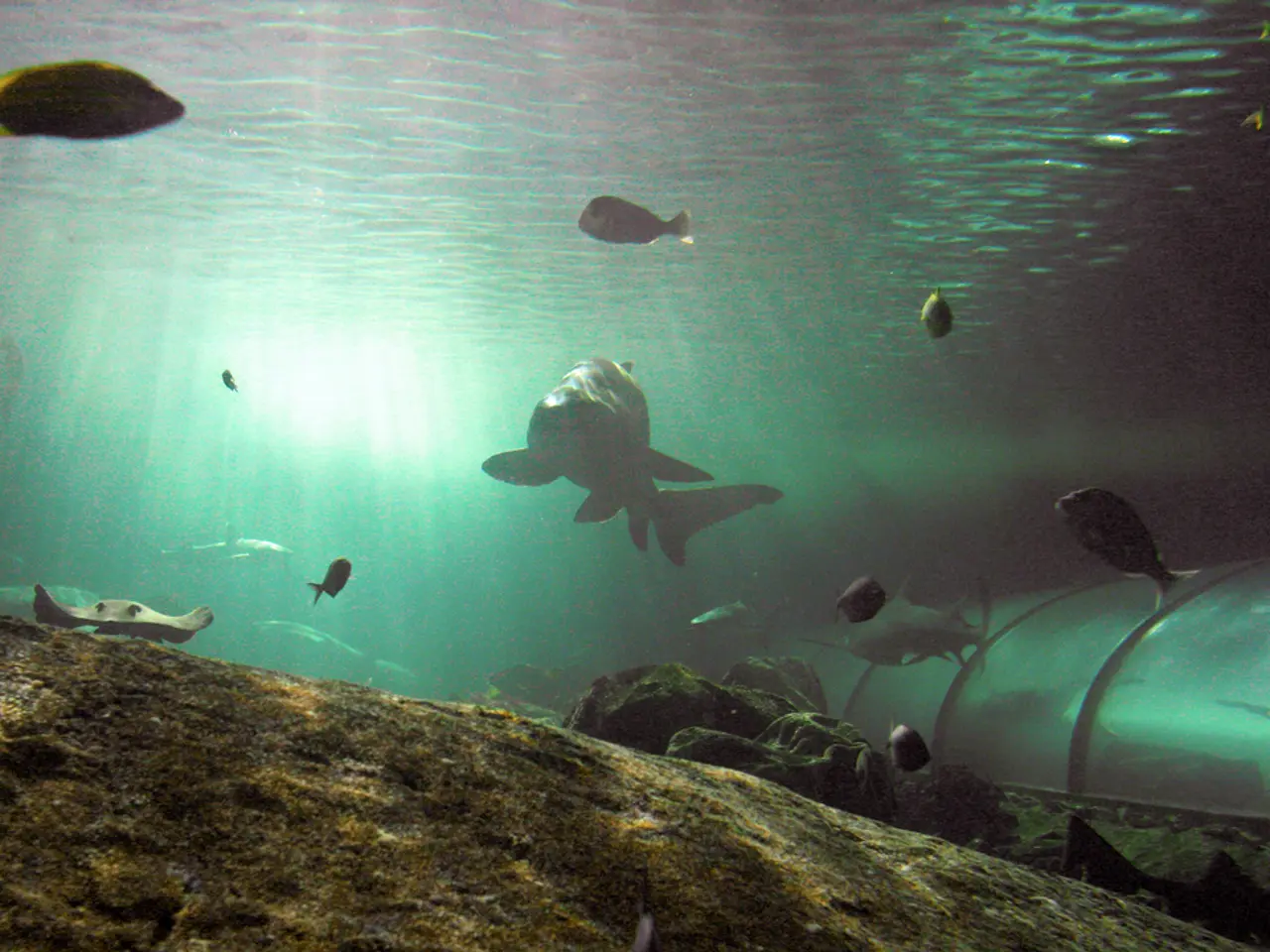Review of the Sea & Sea fisheye, compact, acrylic, and glass dome port for underwater photography
In the realm of underwater photography, the choice between glass dome ports and acrylic dome ports can significantly impact the quality of your images. Here's a breakdown of their key differences based on a series of tests and industry knowledge.
For superior sharpness, durability against scratches, and the ability to get very close to subjects with good lighting and corner-to-corner image quality, glass dome ports are a popular choice. While they are typically more expensive, they provide excellent optical performance and longevity underwater. For example, a Zen 4-inch glass dome port retails for around $899.
On the other hand, acrylic dome ports are generally lighter and less expensive. However, they tend to be more prone to scratching and may not offer the same image sharpness and optical clarity as glass. Acrylic can sometimes be more flexible or fragile compared to glass, and may require more care to maintain optical quality.
Here's a summary of the comparison:
| Aspect | Glass Dome Ports | Acrylic Dome Ports | |----------------------|------------------------------------------|---------------------------------------| | Image Quality | Superior sharpness, good corner performance | Generally lower sharpness, possible image distortion | | Durability | Highly scratch-resistant and durable | More prone to scratches and wear | | Price | Higher cost (e.g., ~$899 for Zen 4-inch) | Usually less expensive | | Weight | Heavier | Lighter | | Close-Focus Ability | Allows very close approach to subjects | Slightly less optimal for close focus | | Maintenance | Easier to keep clear over time | Requires careful handling and polishing|
If you're using a wide-angle lens like the Nikon D300 and Tokina 10-17mm, glass dome ports like the Zen 4-inch are well-suited to maximize sharpness and getting close to subjects while maintaining image quality. If budget or weight is a concern, acrylic may be tempting, but expect some trade-offs in optical performance and durability.
It's important to note that the test results may not apply to other manufacturers of dome ports or in different shooting conditions. Dome ports can vary in quality, and well-made large glass dome ports like those from Subal or Seacam may have optical advantages over acrylic ports.
The Sea & Sea Fisheye dome port, for instance, is an 8-inch acrylic dome port, weighing 2lb 9.7oz with the cover, and retails for $650 in the USA. The Sea & Sea glass dome port, a compact 6 1/2-inch dome port made by Athena for Sea & Sea, weighs 2lb 12oz with the cover and 20mm extension ring, and retails for $1250 in the USA.
For those who prefer acrylic, the Sea & Sea Fisheye dome port is suitable for fisheye shots, while the Compact dome port (acrylic) is best for close-focus wide angle (CFWA) shots and travel. The fisheye dome port does not need the 20mm extension ring, but may benefit from it for better results in over and under shots.
In conclusion, for best underwater image quality and durability, especially using the wide-angle Tokina 10-17mm, a glass dome port is recommended if budget permits. However, the choice between glass and acrylic ultimately depends on your specific needs, budget, and shooting conditions.
Further reading on dome port optics, CFWA shooting, best lenses for underwater photography, fisheye lenses versus wide angle lenses, and Sea & Sea MDX-D300 underwater housing review is recommended.
- For superior image quality, durability, and close-focus ability, glass dome ports are often preferred in underwater photography, making them a popular choice, particularly when using a wide-angle lens like the Nikon D300 and Tokina 10-17mm.
- Acrylic dome ports, on the other hand, are lighter and typically less expensive, yet they may not provide the same image sharpness, optical clarity, and scratch resistance as glass counterparts.
- When budget or weight is a concern, acrylic dome ports may be a tempting alternative, but it's essential to anticipate some trade-offs in optical performance and durability.
- In the realm of gadgets and smartphone technology, data-and-cloud computing plays a crucial role in managing and sharing your underwater photography experiences effectively.
- For example, Sea & Sea Fisheye dome port, an 8-inch acrylic dome port, is a suitable choice for fisheye shots, while the compact 6 1/2-inch dome port (acrylic) is best for close-focus wide angle (CFWA) shots and travel.
- When it comes to making the right choice between glass dome ports and acrylic dome ports, it's essential to consider your specific needs, budget, and shooting conditions, as well as to understand the advantages that well-made glass dome ports, like those from Subal or Seacam, may have over acrylic ports.




